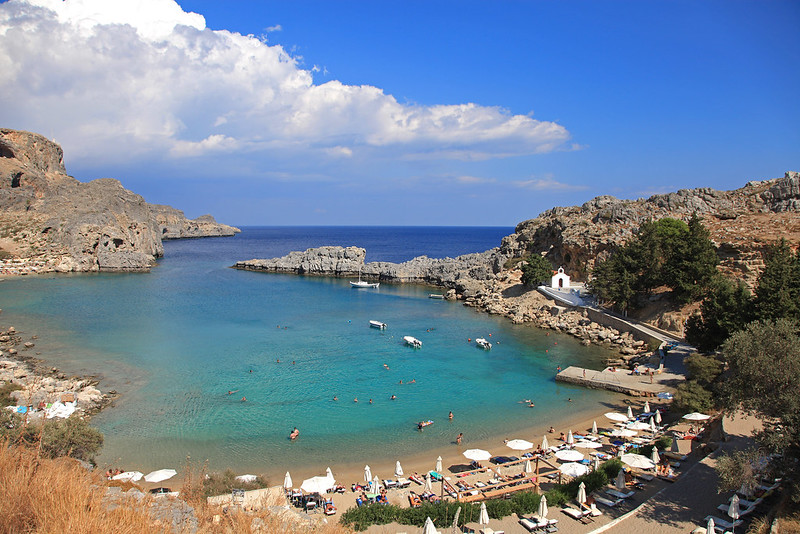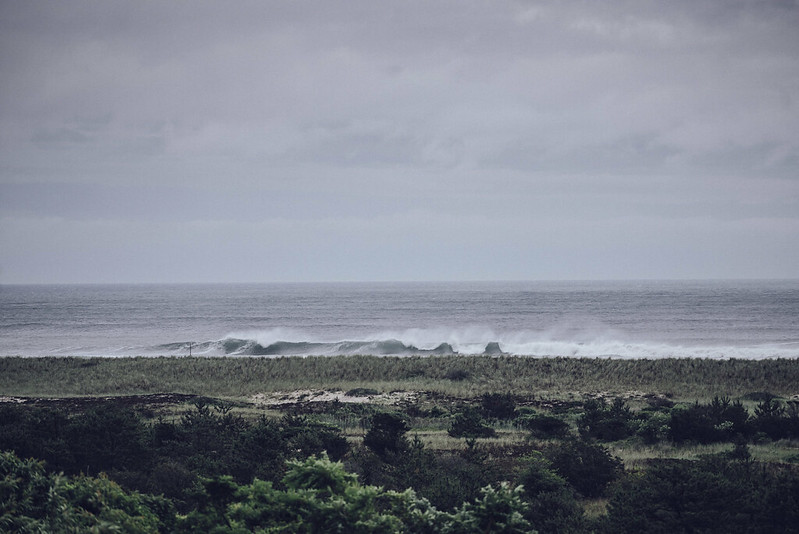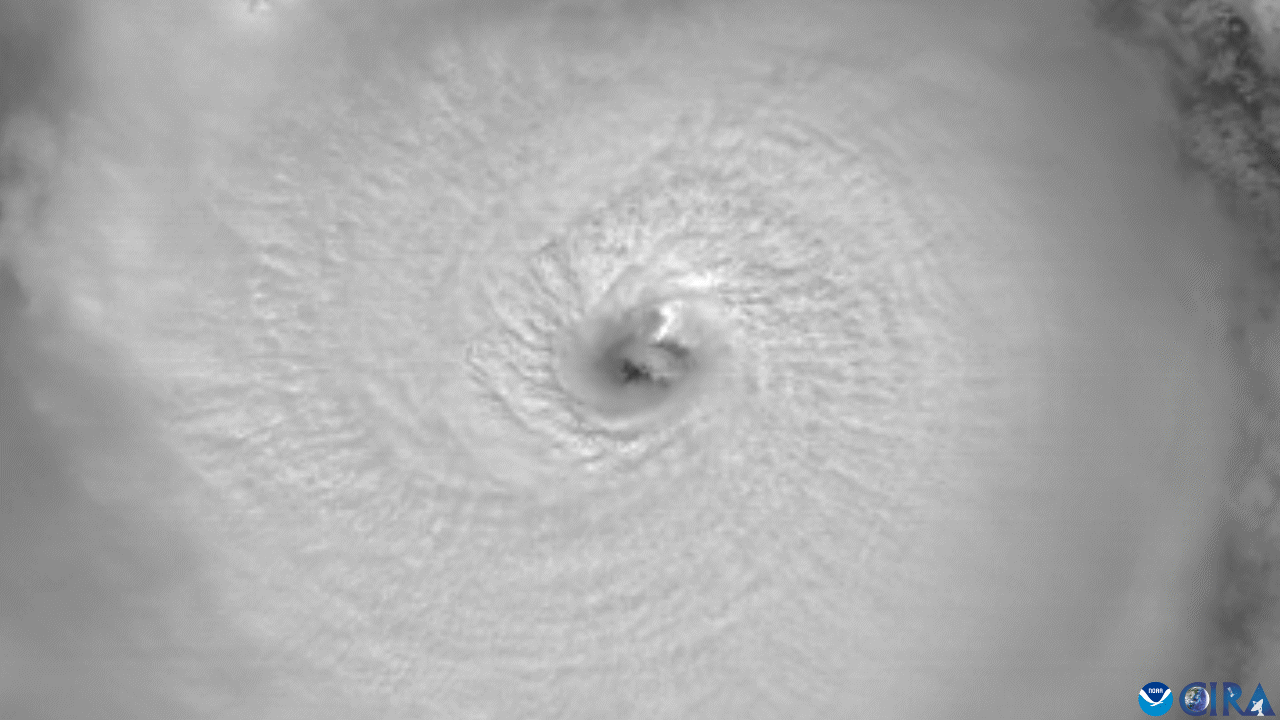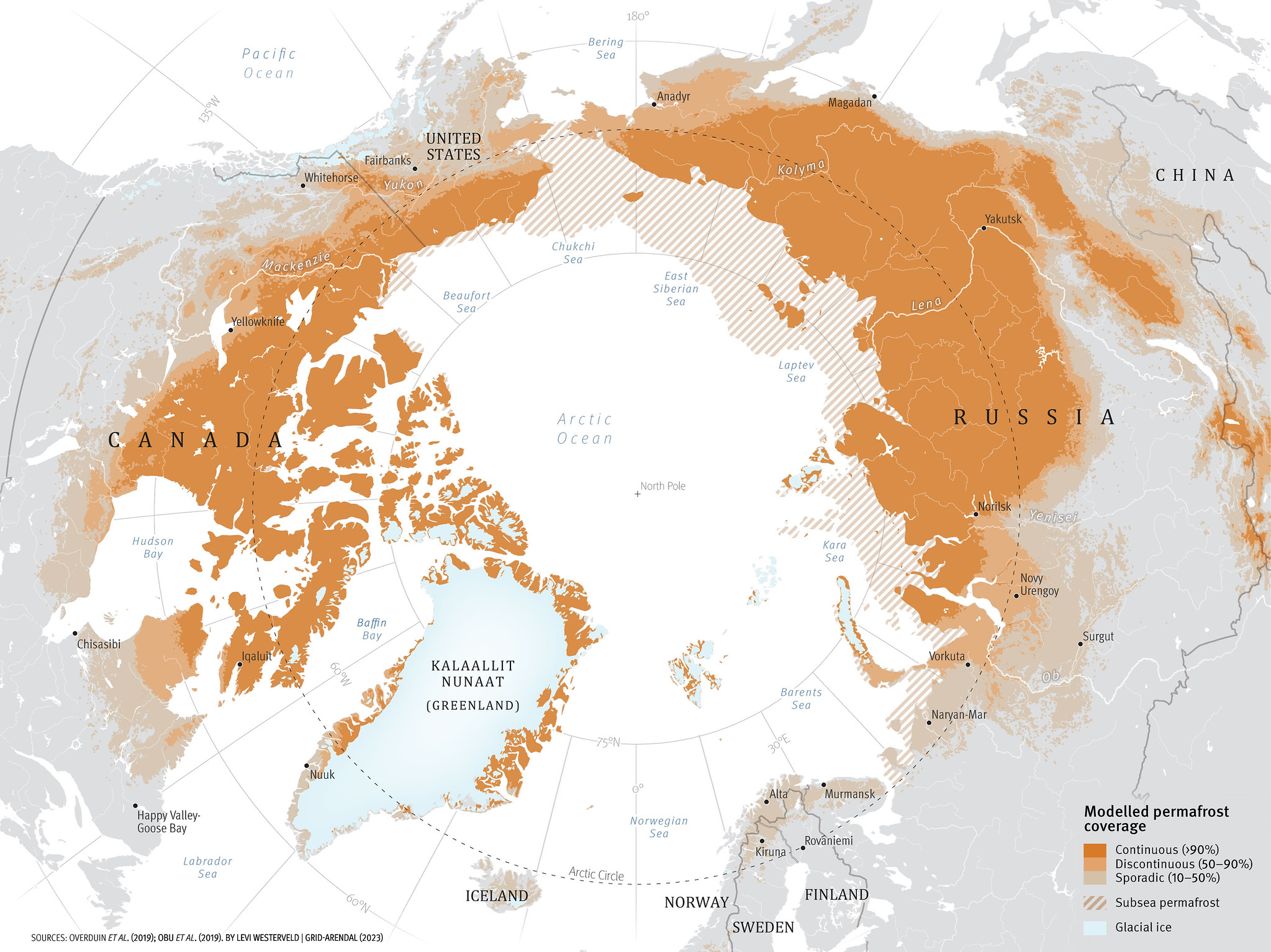Climate Change | Sea Level Rise | Ocean Acidification
November 17, 2024

‘The sea was coming closer, it was so painful to see my house being destroyed’ – the Guardian
Excerpt:
‘The sea was coming closer, it was so painful to see my house being destroyed..’
Born in Campos dos Goytacazes, Sônia Ferreira spent her childhood vacations in the seaside town of Atafona. After she and her husband married, they built a summer house there and in the late 1990s, she moved there permanently. Now 79, retired and widowed, Sônia still lives in Atafona with her daughter, where coastal erosion has caused the destruction of 500 houses in recent decades. More are at risk, with the sea expected to push further inland by up to 150 metres in the next 30 years.
Sônia Ferreira as told to Júlia Mendes:
When we built the house in 1978, we couldn’t see the sea. There were two blocks in front of the house, then the Avenida Atlântica, which was asphalted and had a sidewalk, and then a huge stretch of sand before you finally got to the beach. We never imagined that one day it would reach our house.
Right in front of us was the only apartment block in Atafona, the four-storey Julinho building, which I watched being built. It was destroyed by the sea in 2008. In a way, the rubble protected my house, but the sea was slowly advancing. My children started saying I should move out. I followed the state of the tides as if I were a fisher, because I was thinking about staying.
In 2019, I was on the balcony of my bedroom when my neighbour in front called me, asking me to film the sea, which was beating hard against the side of her house. The base of the wall was already gone, because the sea was taking the sand from beneath the ground floor. I filmed it on my phone, then sent it to her, and when I looked up, I saw water coming in through the part of the wall that had fallen. It’s like living in a sandcastle.
More on Climate Change | Sea Level Rise . . .

Mediterranean sea level found to be rising three times faster than expected – Murcia Today
The effects of climate change are speeding up the process of rising water on the coast of Spain…

Greece Lost 250 Sq Km of Its Beaches in 30 Years Due to Climate Change – Greek Reporter
This year won’t just be the hottest on record—it could be the first to surpass 1.5 degrees Celsius. The Paris climate accord aims to keep warming below that level when looking over multiple years…

Earth Will Exceed 1.5 Degrees Celsius of Warming This Year – Scientific American
This year won’t just be the hottest on record—it could be the first to surpass 1.5 degrees Celsius. The Paris climate accord aims to keep warming below that level when looking over multiple years…

Interactive | Growing Up In Climate Chaos – the New York Times
When you’re a teenager, everything can feel like a crisis. But for these teenagers living in areas around the world affected by climate change, the sense of growing crisis is real — not in some hazy future but today, disrupting their adolescence in ways both large and small….
Elections and Oceans – Gary Griggs | Op-Ed
While I typically try to inform rather than advocate in my columns, in the United States, we are currently about two weeks from what may be the most consequential election of our lives, and the outcome of our collective voting will have major impacts on all of us and the oceans in the years ahead…

This coastal tribe has a radical vision for fighting sea-level rise in the Hamptons – Vox
Next to some of the priciest real estate in the world, the Shinnecock Nation refuses to merely retreat from its vulnerable shoreline…

Climate Change Made Hurricane Milton Stronger, With Heavier Rain, Scientists Conclude – Inside Climate News
A rapid analysis of rainfall trends and Gulf of Mexico temperatures shows many similarities to Hurricane Helene less than two weeks earlier…

How Close Are the Planet’s Climate Tipping Points? – the New York Times
Earth’s warming could trigger sweeping changes in the natural world that would be hard, if not impossible, to reverse…

Antarctic temperatures soar 50 degrees above norm in long-lasting heat wave – the Washington Post
This historic warm spell in East Antarctica is an ominous example of the temperature spikes this polar climate could experience more of in a warming world…
